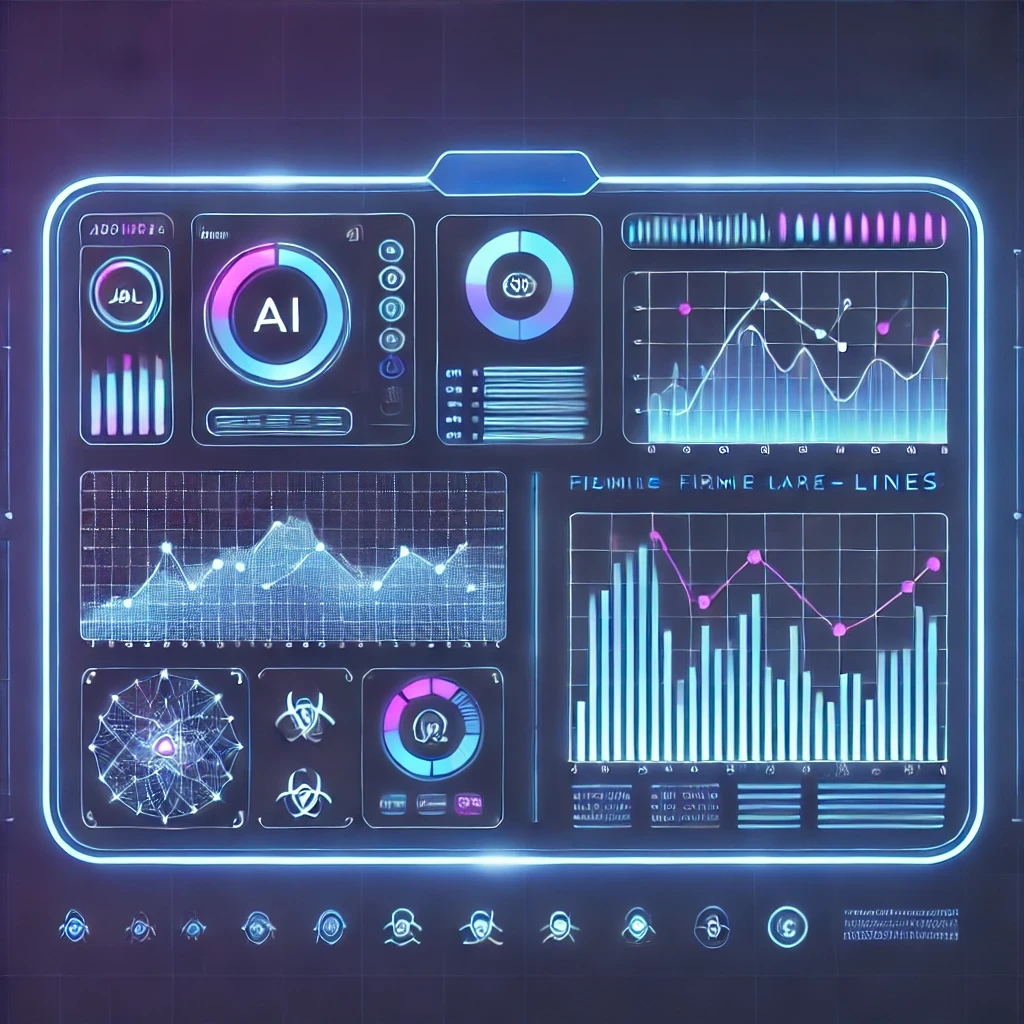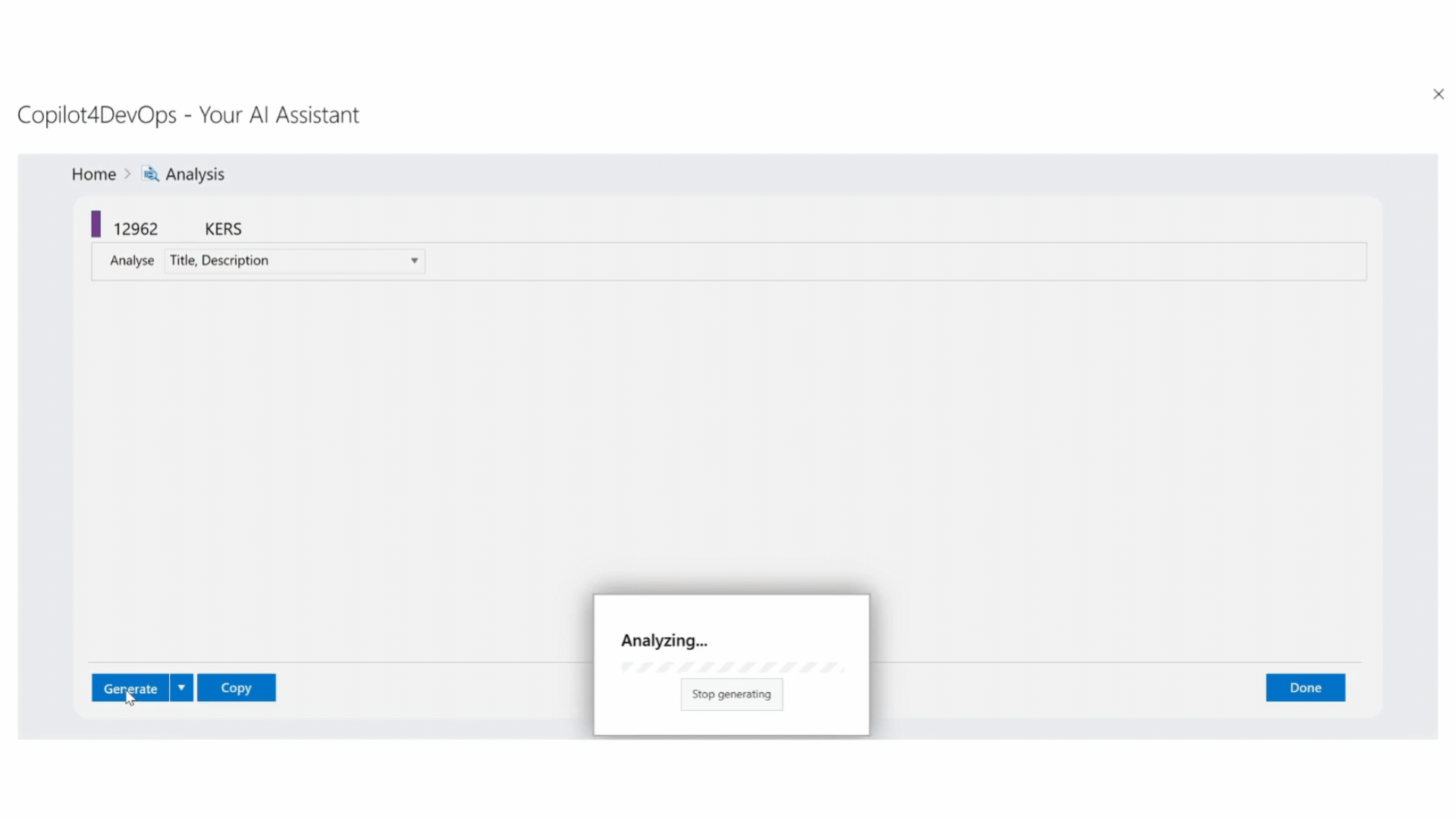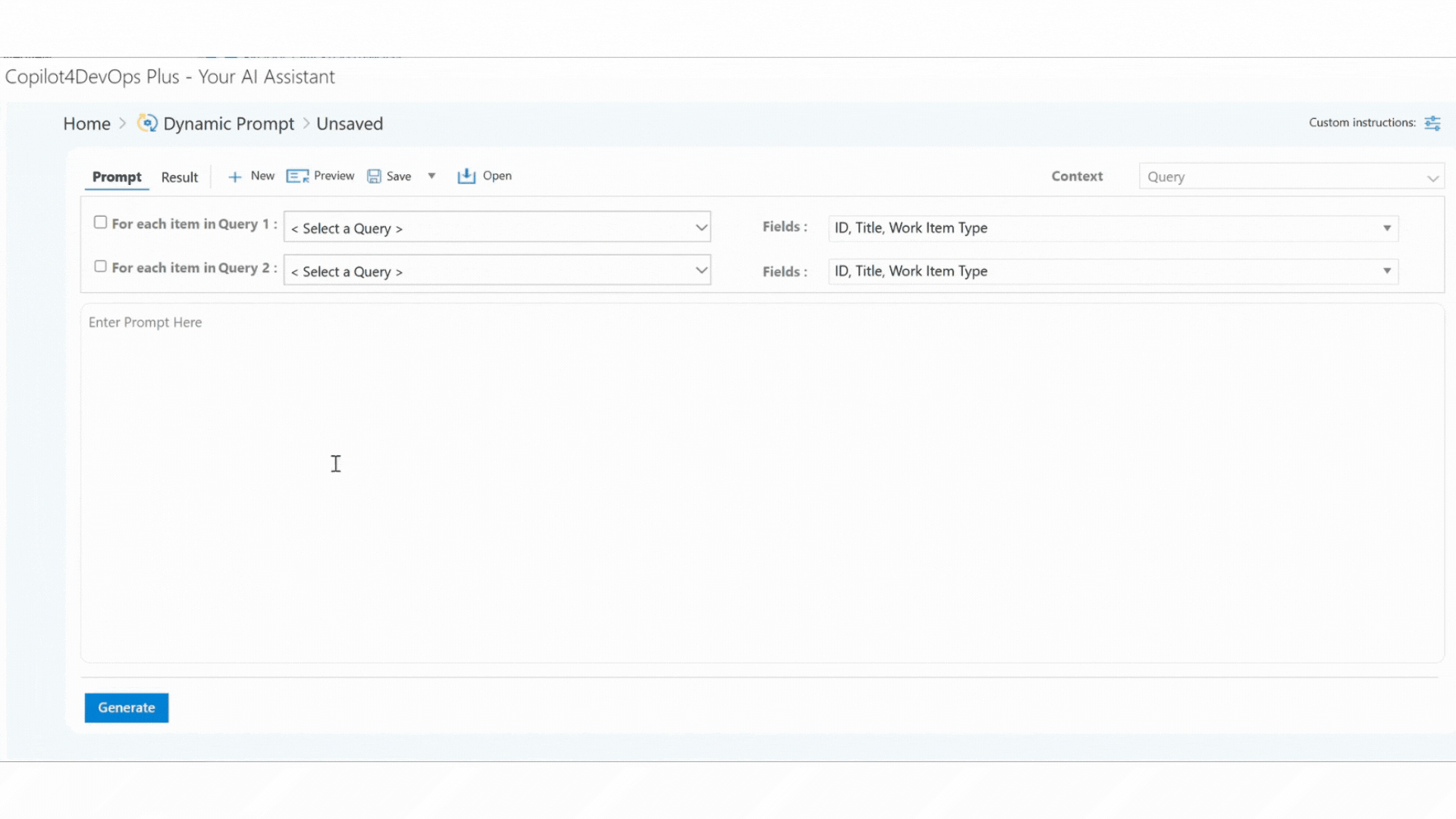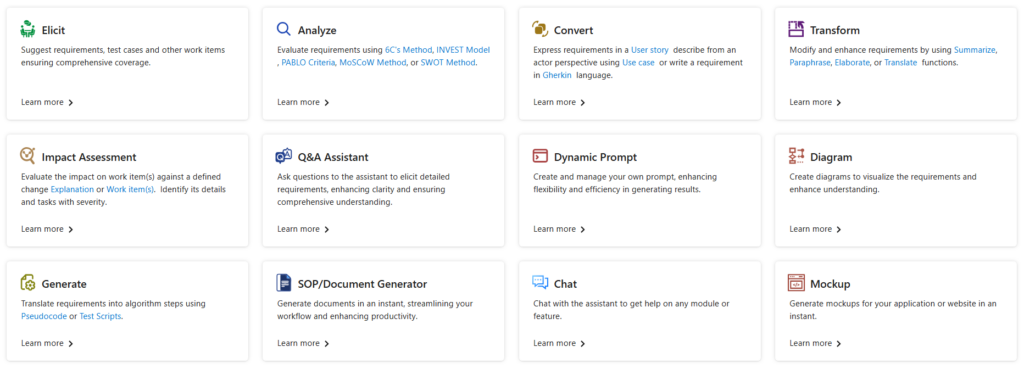
Companies are now increasingly harnessing AI tools for business analysis. Deploying generative AI for business analysis will be the key differentiator between mediocre and high performing teams. A study shows that AI technologies enable business professionals to produce 59% more business documents in an hour than before.
For this reason, selecting the right AI tool for business analysis is crucial. In this post, you will explore how Business Analysts (BA’s) can effectively use AI tools, identify the tools that are best for business analysis, and address some commonly asked questions about AI – including whether AI will take away BA jobs (hint: it won’t).
Business analysts play a multifaceted role in today’s enterprises. They identify business needs through data collection and analysis and thus bridge the gap between IT and business. Some of their tasks include creating requirements, strategic planning, business model analysis, process design, and more.
This wide range of skills is why BAs will greatly benefit from integrating AI into their workflow.

Among the tasks mentioned above, BAs play a role in process automation, internal communications, data aggregation, and idea generation. Here are some specific ways AI tools can increase BA productivity for these (and other) tasks:
Surfacing and Explaining Findings Within Data

Business efficiency is greatly enhanced by the 6C’s analysis capability, which streamlines the analysis procedure. Teams can save time by doing this and concentrate on other important work. By guaranteeing that the team considers all factors, AI analysis helps users make better and more informed judgments.
Gleaning Insights from Data

Vetting Business Impact and Project Feasibility


AI tools for business analysts differ greatly, reflecting the diverse skills and tasks BAs handle.. Here are the top AI tools for Business Analysts:

With a generous 30-day free trial, Copilot4DevOps Plus is the most affordable AI for business analysts.
Sisense offers both low-code and no-code options for data analysis. Its drag-and-drop interface makes it easy to create reports and dashboards. Its features provide data analysis, visualization, export, dashboards, and high-volume data handling. It offers a 30-day free trial.
Sisense offers both low-code and no-code options for data analysis. Its drag-and-drop interface makes it easy to create reports and dashboards. Its features provide data analysis, visualization, export, dashboards, and high-volume data handling. It offers a 30-day free trial.
Sisense offers both low-code and no-code options for data analysis. Its drag-and-drop interface makes it easy to create reports and dashboards. Its features provide data analysis, visualization, export, dashboards, and high-volume data handling. It offers a 30-day free trial.
ChatGPT is an “everything” tool that professionals can use in many different applications. However, it isn’t specifically designed for DevOps professionals like BAs. Its drawbacks include difficult prompting, workflow disconnection, and hard fine-tuning. It also poses some AI security concerns in enterprises.
For business analysts, Tableau’s strength is data visualization and dashboards. It is one of the better-known tools for BAs. However, it lacks requirements elicitation and analysis tools.
Qlik Sense is designed for BAs who want data integration, visualization, and AI analysis tools. It also offers a question-based UI for data exploration.
The future of business analysis is intertwined with AI tools to improve decision making and strategy. Initially, users will see the enhancement of existing features. For instance, analysis tools will incorporate the INVEST and MOSCOW analysis methods, facilitating clear, testable user stories for agile development.
Over the next few years, a new wave of upcoming AI technologies like AI agents will help BAs further delegate repetitive tasks to AI. The human-AI collaboration in business analysis is set to redefine the industry.
And cutting-edge tools like Copilot4DevOps Plus are the key to flourishing as a BA.











Privacy Policy | Cookie Policy | Copyright © 2024 Modern Requirements